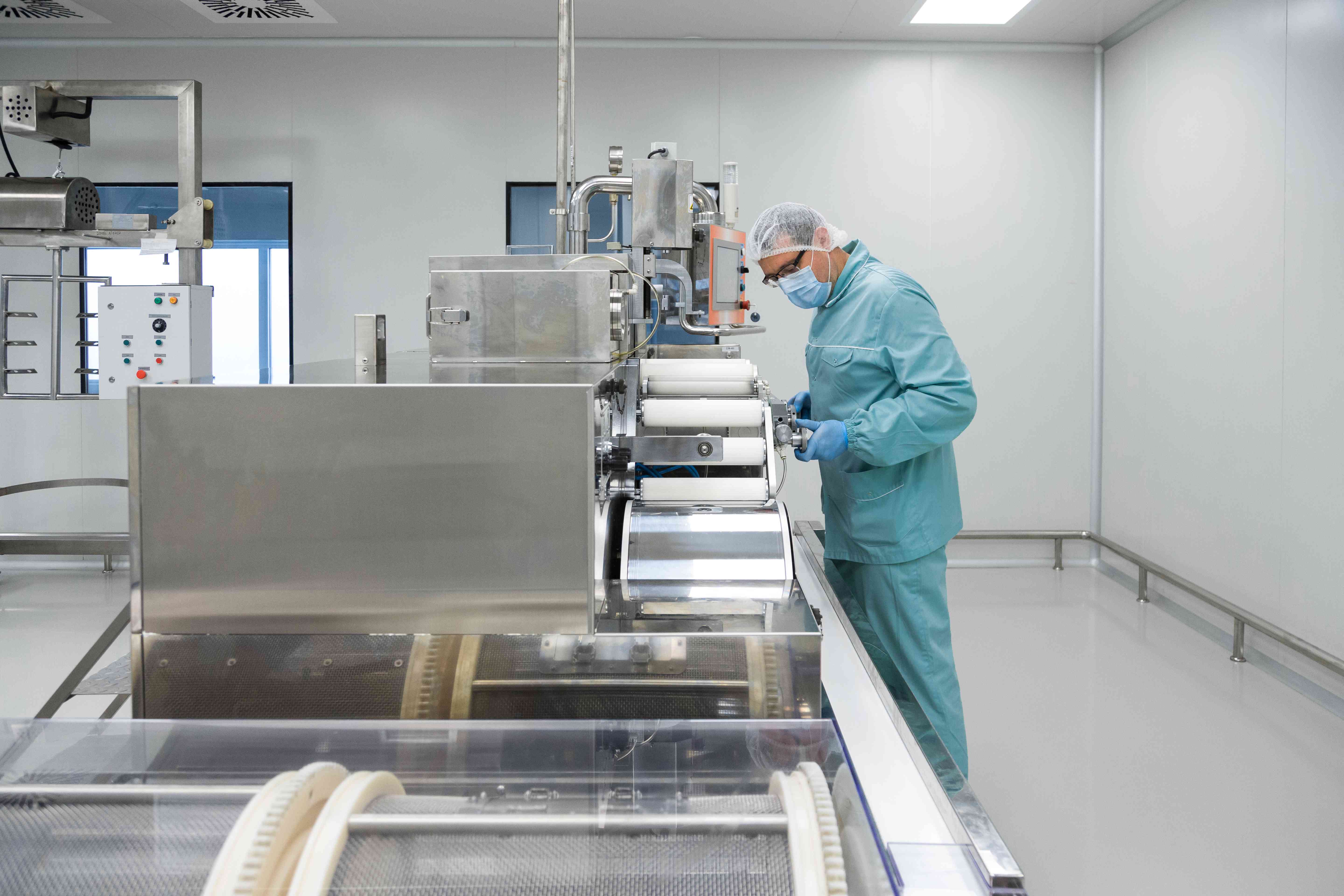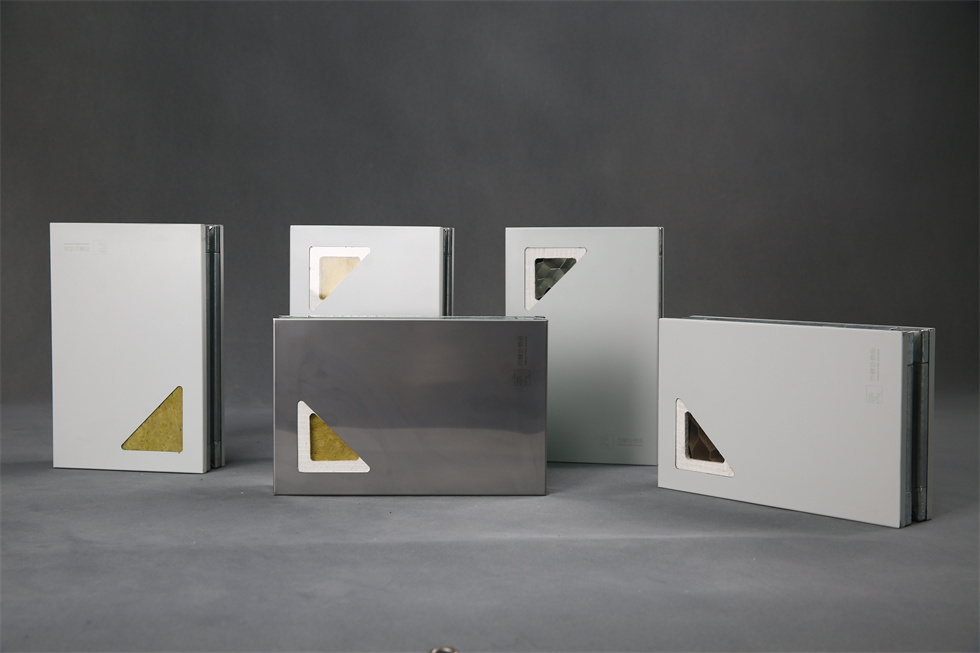We have a passion for unconventional solutions that bring your vision to life.
Cleanroom designs and constructions are paramount in high-precision manufacturing, research, and pharmaceutical industries. A crucial component of this process is the implementation of robust air filtration systems and HVAC (Heating, Ventilation, and Air Conditioning) systems. An efficient air filtration system effectively reduces contaminants within a cleanroom, ensuring a pristine working environment. This article delves into the specific requirements for cleanroom air filtration and HVAC systems, and examines the pivotal role of Wiskind cleanroom panels in cleanroom construction.

Fundamental Requirements for Cleanroom Air Filtration
The primary objective of cleanroom air filtration is to eliminate airborne particles, bacteria, and other contaminants, guaranteeing that the indoor air quality adheres to stringent standards. The required level of air cleanliness varies based on the cleanroom's classification. The international standard ISO 14644-1 categorizes cleanrooms into various classes (e.g., ISO 1 to ISO 9), each with a corresponding maximum particle count.
In cleanroom design, high-efficiency particulate air (HEPA) and ultra-low penetration air (ULPA) filters are integral to the air filtration system. These filters effectively remove particles larger than 0.3 microns, meeting the stringent demands of cleanrooms. Moreover, the design of cleanroom airflow is paramount. It is imperative to ensure that the airflow distribution is uniform across the filters to maximize air purification efficiency.
2. HVAC System Requirements
HVAC systems in cleanrooms regulate temperature, humidity, and airflow. An efficient HVAC system not only provides a comfortable environment but also maintains pressure differentials and airflow patterns within the cleanroom, preventing external contaminants from entering.
Cleanroom HVAC systems must meet the following key requirements:
Temperature and humidity control: Cleanrooms typically have stringent temperature and humidity requirements to ensure the stability of production processes and equipment. HVAC systems must be capable of precise temperature and humidity regulation to prevent excessive fluctuations.
Pressure differential control: Cleanrooms are often maintained at a negative pressure relative to the external environment to effectively prevent the ingress of external contaminants. HVAC systems must ensure that the pressure differential between the cleanroom and the external environment remains within specified limits.
Airflow distribution and patterns: The design of HVAC systems must ensure the direction, velocity, and volume of airflow align with the cleanroom's airflow design requirements. Generally, cleanrooms employ a unidirectional airflow design to expedite the removal of contaminants.
Application of Wiskind Cleanroom Panels in Cleanroom Construction

Wiskind cleanroom panels are high-performance cleanroom building materials widely used for walls, ceilings, and partitions in cleanrooms. Manufactured using advanced materials and technologies, these panels offer exceptional fire resistance, antimicrobial properties, corrosion resistance, and ease of cleaning, making them ideal for high-purity environments.
The advantage of Wiskind cleanroom panels lies in smooth, seamless surfaces, minimizing the accumulation of contaminants. Compared to traditional building materials, Wiskind panels effectively inhibit microbial growth, ensuring superior air quality. In cleanrooms, the performance of the air filtration system is closely tied to the choice of building materials. Wiskind cleanroom panels significantly enhance overall cleanroom performance, facilitating smoother airflow and simplifying regular maintenance and cleaning.
Furthermore, the design of Wiskind cleanroom panels can be seamlessly integrated with HVAC systems to ensure precise and efficient airflow design within the cleanroom. Owing to their excellent sealing properties, Wiskind panels effectively collaborate with HVAC systems to control the internal pressure differential, maintaining the cleanroom in an optimal operating state.
Conclusion
Cleanroom air filtration and HVAC systems are foundational to maintaining a clean environment. Their design and selection directly impact the performance and production quality of cleanrooms. By judiciously selecting air filters and HVAC systems, and incorporating high-quality cleanroom building materials like Wiskind panels, the performance and efficiency of cleanrooms can be substantially enhanced. A comprehensive approach considering air quality, temperature and humidity control, airflow design, and building materials is essential to constructing cleanrooms that meet industry standards and provide long-term stability.

Wiskind Cleanroom specializes in cleanroom enclosure system , ceiling system, cleanroom doors and windows and related product development, manufacturing, sales, consulting and services.